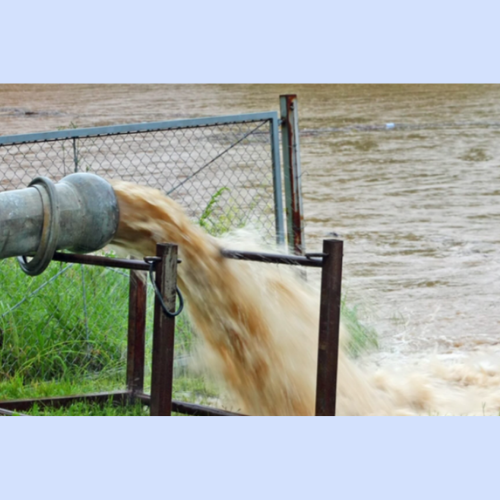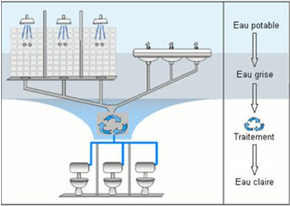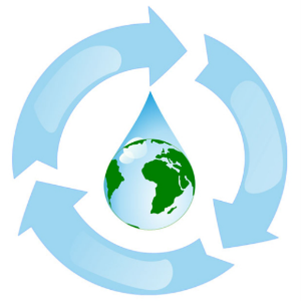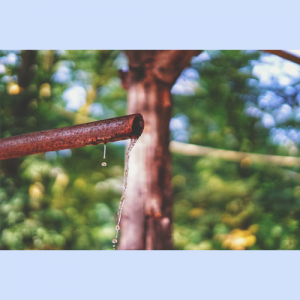
More and more, society realizes the need to protect its environment. However, it is necessary to continue to raise public awareness on the various environmental issues. One of these crucial issues is the preservation of drinking water. Phenomenal amounts of water contaminated by fecal matter are discharged into the St. Lawrence River and into rivers in Quebec (1). There are 81 municipalities in Quebec without a treatment plant and that discharge contaminated water without treating it (1). Montreal and Laval are among the worst in Quebec with regards to this problem. However, the South Shore has the worst results of any city in Quebec. Currently it is impossible to know the volume of wastewater discharged because it is not measured (1). These contaminated waters are black water and greywater. In this article we will describe the advantages and disadvantages of the reuse of greywater in the building.

As of January 1, 2030, the Ministry of the Environment will force municipalities to reduce the number of wastewater discharges into the St. Lawrence River and Quebec rivers. Unfortunately, municipalities retain permission to increase pollution in our rivers until then (2).
On the other hand, there are no subsidies for greywater recovery systems in buildings in Quebec (3). A government subsidy could influence the industrial, commercial and residential sector to want to use greywater. However, more specific regulations on greywater should be established.
Water is a resource that cannot be wasted because it is a limited resource. Municipalities invest a lot of money in treating and distributing drinking water to the population. At the same time, many companies are spending time and money developing new technology to reuse this precious water. Innovation in this area will allow these technologies to be more efficient and accessible. In short, more and more technologies that use greywater are becoming compact, require less maintenance and are more affordable.


In conclusion, even if Quebec absolutely must upgrade its water purification infrastructure by taking into account toxic products that largely escape the current systems (6), the legislative component must be improved to deal with current issues. The benefits of a greywater system are many, but the protection of our resources, fauna and flora should be the primary incentive. In addition, thanks to the innovations that are made to facilitate the use of greywater, these technologies will become more affordable, and they will improve the quality of life on earth.
1. Plus de 52 000 déversements d’eaux usées au Québec en 2020 (msn.com)
2. Déversement d’eaux usées : votre ville figure-t-elle parmi les pires au Québec? (msn.com)
4. Pourquoi donc récupérer les eaux grises ? - Écohabitation (ecohabitation.com)
6. Le Québec exhorté à mieux traiter ses eaux usées | Le Devoir
We use cookies to understand how you use our site and to improve your experience. This includes personalizing content and advertising. By continuing to use our site, you accept our use of cookies, terms and conditions, privacy policy. Confused? Send us an e-mail.
I acceptWe use cookies
Respecting your privacy matters to us. We use cookies to personalize our content and facilitate your digital experience. Some cookies may be collected with your consent.
Essential
Essential cookies help make a website usable by enabling basic functions such as page navigation and access to secure areas of the website. The website cannot function properly without these cookies.
Performance
These cookies enable us to analyze navigation on our sites and improve their operation.
Customization
Preference cookies enable a website to remember information that modifies the behavior or appearance of the site, such as your preferred language or the region you are in.
Targeted advertising
These cookies help us limit the number of times you see an advertisement, personalize our offers and services according to your centers of interest, measure the effectiveness of an advertising campaign, and so on. They may be shared with our partners.
We use cookies
Respecting your privacy matters to us. We use cookies to personalize our content and facilitate your digital experience. Some cookies may be collected with your consent.
